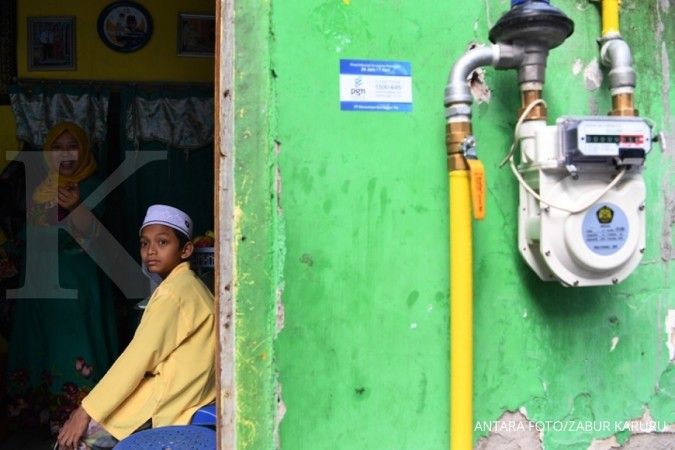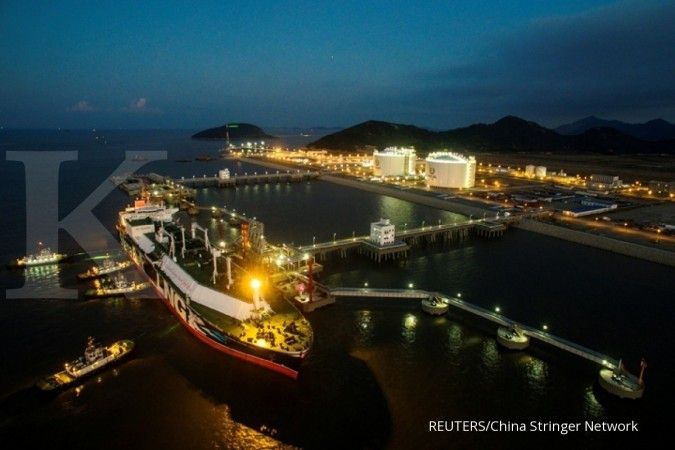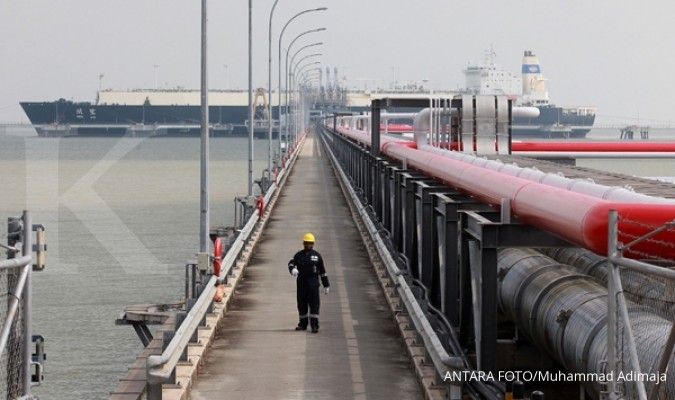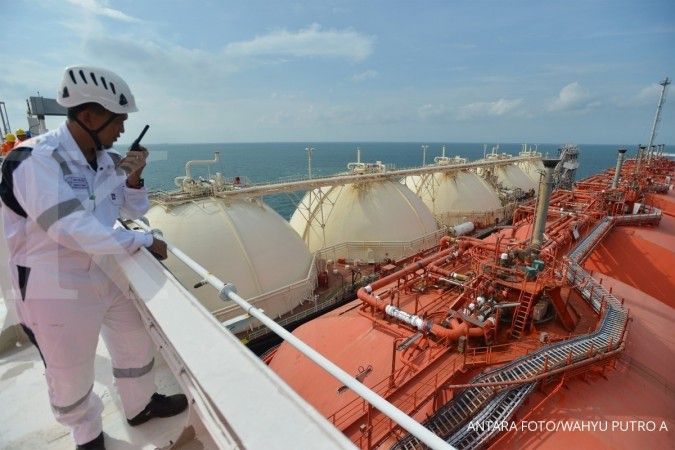PERTAMINA - JAKARTA. The government is looking to increase liquefied natural gas (LNG) exports to counterbalance the high imports of oil and liquefied petroleum gas (LPG), which have been blamed for causing the continuing trade deficit.
The government recently gave the green light for United Kingdom-based oil giant BP to export 84 cargoes of LNG from its Tangguh LNG project in West Papua to Singapore, with the first shipment scheduled for next year.
The government was also in the process of selling another 40 cargoes of LNG from 2021 to 2025, said Djoko Siswanto, the Energy and Mineral Resources Ministry oil and gas director general.
“We still have [so] many cargoes that haven’t been sold yet. […] for 2021 to 2025, we have 40 unsold cargoes of LNG from BP and Bontang [Badak LNG Plant in East Kalimantan],” he said at an LNG workshop for investors in Jakarta recently.
LNG is different to LPG, more than 70 percent of which is still imported because of an insufficient supply of gas that has LPG characteristics.
Furthermore, the country also plans to sell 10 cargoes of LNG on the spot market from March to June. The LNG will come from Badak LNG Plant in Bontang, BP’s Tangguh Plant and the Donggi-Senoro LNG Plant in Central Sulawesi.
Of the country’s LNG production last year 28.37 percent was exported, while 25.25 percent was used for industry, 25.25 percent for electricity and 10.94 percent for fertilizer, respectively.
The average volume of LNG exports in 2018 reached 1,907 billion British thermal units per day (bbtud), or almost five times the average volume of domestic LNG utilization at 405.2 bbtud.
The major consumers of Indonesia’s LNG are Japan, Korea, Taiwan, China and the United States.
Indonesia is Japan’s fifth largest LNG supplier, according to Japan’s deputy ambassador to Indonesia Keiichi Ono.
Data from the Upstream Oil and Gas Regulatory Task Force (SKKMigas) show that Indonesia was one of the top five LNG exporters in 2017 and held 1.53 percent of the world’s gas reserves.
However, Keiichi said at the same event that Indonesia would face a new challenge when it become a net importer of LNG in the near future.
“Both Indonesia and Japan will be LNG importers, with the US being our source of supply,” he said, adding that the US had an LNG export capacity of about 30 billion cubic meters.
In line with Keiichi’s statement, data from the Energy and Mineral Resources Ministry show that the demand for natural gas has gradually increased since 2003 at an average 8 percent per year.
SKKMigas chairman Dwi Soetjipto said the country was trying to increase the domestic use of gas, including of LNG, through the nationwide gas network program (Jargas), among other measures.
“Domestic gas utilization by December 2018 reached 59.9 percent of the total monetized gas,” he said. “Boosting demand for natural gas is a way to accelerate domestic gas use.”
Dwi said there were several factors that hampered the use of gas domestically, namely underdeveloped gas infrastructure, production decline in several blocks and delayed gas projects.
“[….] production decline has occurred in several blocks in West Java, East Java and South Sumatra, while several gas field development projects have been delayed,” he said.
Therefore, he said, the agency was in the process of integrating gas infrastructure and finding an innovative solution through the development of 18.322 kilometers of transmission and distribution lines this year.
The Jargas program, which can use certain types of gas like LNG, began in 2009. As of 2018, it had connected at least 300,000 houses across 31 regions.
The government plans to connect almost 5 million houses to the Jargas network by 2025.
The average use of LNG in the domestic market last year totaled only 405.2 bbtud, 21.2 percent of the amount exported.
/2017/07/20/1777838870p.jpg)













